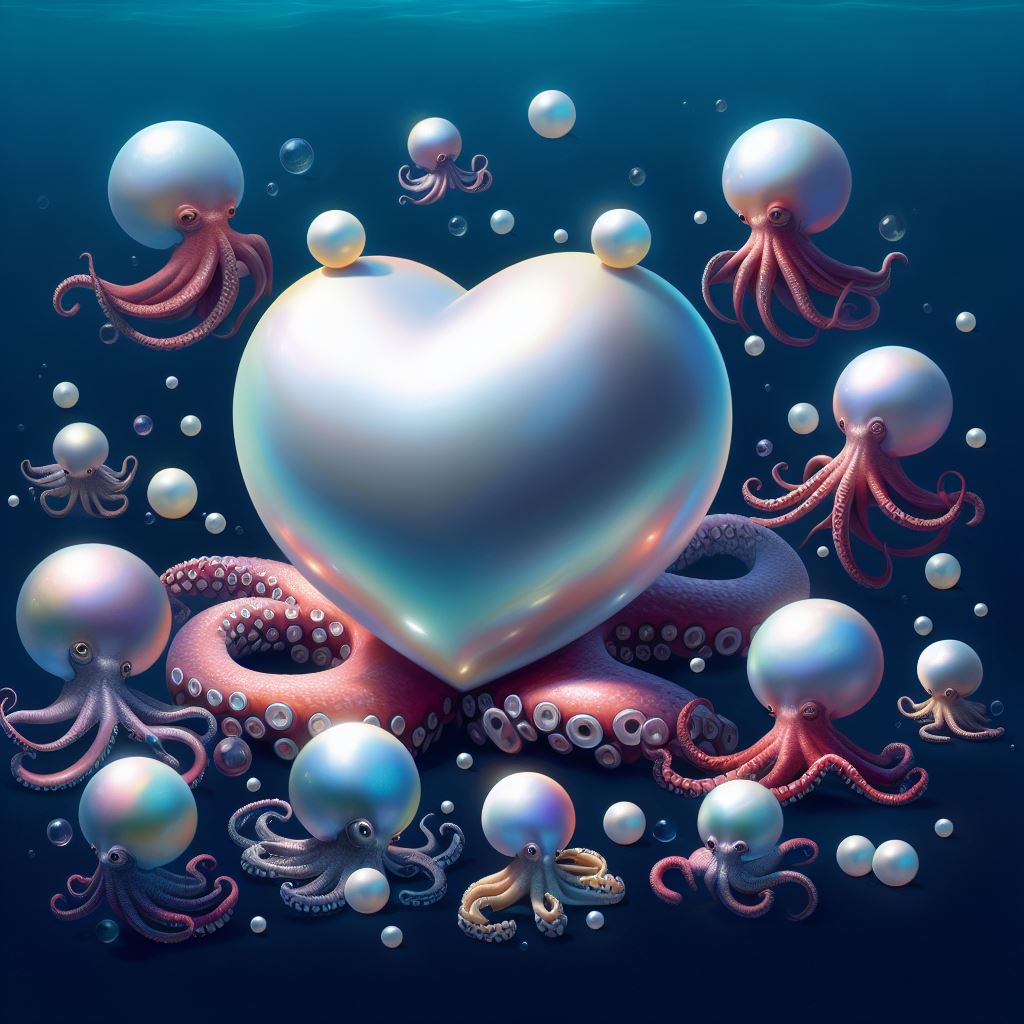Octopuses are fascinating creatures that belong to the class of cephalopods, along with squids, cuttlefish and nautiluses. They are known for their intelligence, camouflage abilities and flexible bodies. But did you know that they also have three hearts?
That’s right, octopuses have one main heart and two smaller ones, each with a different function. The main heart, called the systemic heart, pumps oxygenated blood to the rest of the body. The two smaller hearts, called the branchial hearts, pump deoxygenated blood to the gills, where it picks up oxygen.
Why do they need three hearts instead of one? The answer lies in their blood. Unlike humans and most other animals, octopuses have blue blood that uses a copper-based protein called hemocyanin to transport oxygen. Hemocyanin is less efficient than hemoglobin, the iron-based protein that gives our blood its red color.
Hemocyanin is larger and circulates in the blood plasma, rather than in red blood cells. This makes the blood thicker and harder to pump. Having three hearts helps octopuses maintain a high blood pressure and deliver enough oxygen to their organs and muscles.
Having three hearts also helps octopuses cope with different environments and lifestyles. Octopuses live in a wide range of habitats, from intertidal zones to deep water, where temperature and oxygen levels vary greatly. Hemocyanin seems to help octopuses adapt to these conditions, especially in cold water, where it binds to oxygen more efficiently.
Octopuses are also very active and agile animals that need a lot of energy to move around, hunt and escape predators. They can crawl along the seabed, swim at high speeds using jet propulsion or squeeze through narrow spaces. Having three hearts ensures that they have enough oxygen to power their muscles and their extensive nervous system.
Octopuses have nine brains: one central brain between their eyes and eight mini ones in each arm. These brains control their movements, learning, memory and problem-solving skills. Brain tissue requires a lot of oxygen to function properly, so having three hearts is an advantage for these smart animals.
The only cephalopods that do not have three hearts are nautiluses, which are more primitive and sedentary than their relatives. They have a single heart that pumps blood through their gills and body.
Octopuses are amazing examples of how evolution can produce diverse and complex adaptations to suit different needs. Having three hearts is one of the reasons why they are such successful and intriguing animals.

